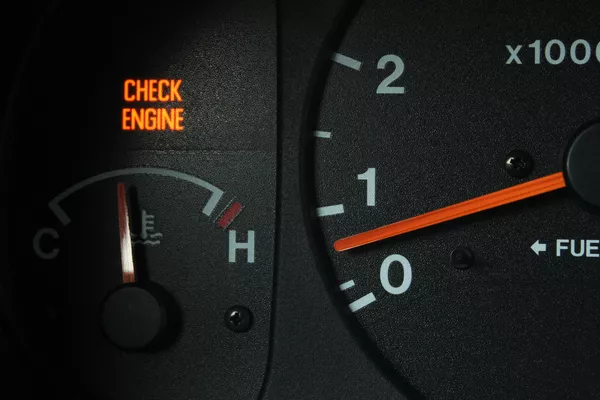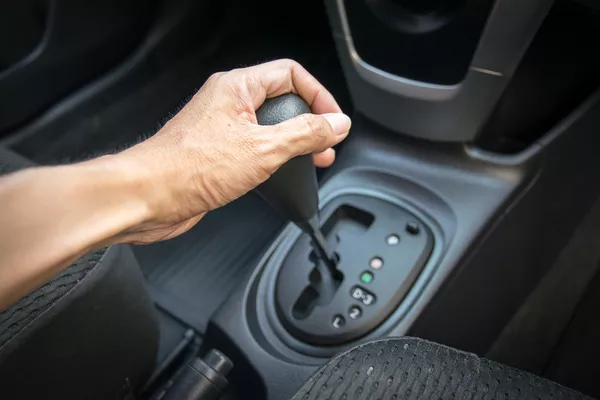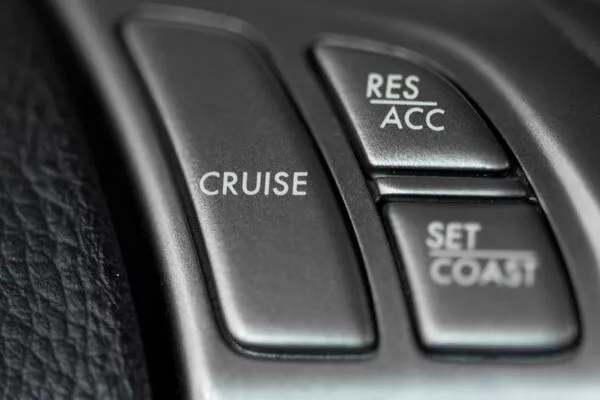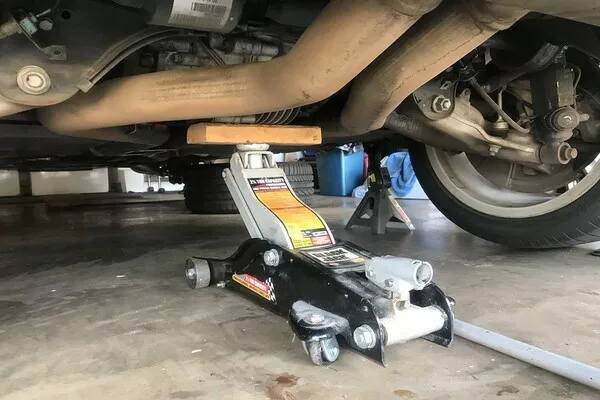It is said that human beings are gifted with the sense of judgment and intuition. This is how we discern right from wrong -- the moral compass that ultimately shapes societal norms, rules, regulations, and laws.
In the Philippines, it is considered a privilege to be given a license to operate a vehicle. More than a person’s right, being able to use -- and share -- the road comes across as a responsibility than a gift. But whatever happens on the road can affect not only the individual but other people’s wellbeing and lives.
This is the reason why speed limits are established for every part of the country. It is crucial for everyone to follow these as traffic enforcers can penalize you in an instant. Ever since the dawn of cars, a little portion on the dashboard has been dedicated for a speedometer.
Philkotse.com will discuss what a speed sensor is, how it functions, how to detect speed sensor issues, and ways to repair different kinds of speed sensors.
1. What is it?
We are sure that a speedometer displays your current speed or how fast your vehicle is going. With the integration of a modernized speed sensor, the information gathered (the speed at a given time and direction) is relayed to the engine control unit of the vehicle.
Then, the engine will regulate other parts relating to what makes the vehicle move such as transmission shift points, ignition timing, and air-to-fuel ratio in the combustion chamber.
A speed sensor can alert the engine to instances where one wheel rotates faster than another. The inconsistency shall alert the ABS to fine-tune other related vehicular systems such as transmission, drive axles, and brakes.
Having a faulty speed sensor compromises your security, knowing that you cannot fully rely on your brakes in emergency cases or on a slippery road.

The speed sensor can alert the engine on instances where one wheel rotates faster than another
2. Signs of a faulty speed sensor
Since modern cars rely on a speed sensor to regulate engine systems, a faulty one can send out the wrong data or completely disable the function causing a multitude of road problems such as traction and handling.
To find out if you have a faulty speed sensor, look for the following indicators. Experts recommend you replace it as soon as possible.
Check engine light is on
If you are among the many others who own an updated version of cars, you’ll have a “check engine” indicator on your dashboard. This alerts you in a convenient manner. Instead of checking under the hood or having somebody check your engine (like your mechanic), you can be notified that an engine part is suffering from malfunctions.
You can pinpoint that the speed sensor is having trouble when the “check engine” indicator sporadically lights on and off specifically when you’re accelerating.

Check engine indicator can alert you in a convenient manner
>>> Read more: 10 common reasons why your car won't start & How to troubleshoot them.
Improper shifting
This is specifically dangerous especially on wet pavement or during rainy days. With a faulty speed sensor, the powertrain control module (PCM) cannot regulate the gears’ shifting within the transmission accordingly. Also, the transmission may rev much higher before you can even shift a gear.
A late transmission overdrive, plus an inability to shift into top gear immediately may result from an inaccurate transmission. When the engine is continually exposed to abrupt shifting, it can damage engine parts such as hydraulic lines, valve bodies, and mechanical gears.

Improper shifting is specifically dangerous especially on wet pavements or on rainy days
Inactive cruise control
Transmission speed does not only function by regulating the input and output of shaft speed but also monitors cruise control. When the engine detects problems, it may send out information causing the cruise control to completely shut down.
Moreover, you may notice the speedometer functioning inappropriately - or it may cease to work altogether.

A transmission speed also monitors cruise control
>>> Also read: Signs of failing cruise control and how to use it properly.
3. DIY repair
It is said that among the engine parts that need replacement, a speed sensor is the easiest. If you want to take on the task by yourself, here is a rundown of steps you need to follow.
Purchase the right speed sensor
It is easy to get confused by the variety of speed sensors available in the market. Since it is a crucial component for your engine, make sure you purchase the right one.
You can always ask for help from a trusted salesperson in an auto supply store and provide them your car details such as make, engine type and size, model and year.
Prepare the tools
Every repair needs the right tools to be successful. When you intend to replace a faulty speed sensor, remember to have your new speed sensor, an open-ended wrench, a jack and jack stand, and an adjustable wrench ready.
>>> Worth your attention: Essential tools needed in a car tool kit for DIY car maintenance.
Use the jack to lift the front end of the vehicle
With the use of a sturdy jack stand and a jack, you need to lift the front portion of your vehicle to have a comfortable space while you work underneath. Then, you can lift one side again to have a more stable area while you replace the speed sensor.

With the use of a sturdy jack stand and a jack, you need to lift the front portion of your vehicle
Locate the speed sensor and remove plug
In most engines, the speed sensor is located just below the transmission. It can look like a small plug from transmission with an electrical cord on its end. When you grab a hold of it, release the end of the electrical cord and pull it gently.
Replace the old speed sensor
In this stage of the process, you can use your open-end wrench to remove the sensor from the transition. Once loosened, gently remove it. Then, clean the threads of the sensor housing. Place the speed sensor in line with the threads and start to tighten it. Once the new speed sensor is snug in place, you can lower the car and give yourself a pat on the back for a job well done.
Vehicle Speed Sensor Removal & Installation
A lot can happen in a span of a year or two. If you want to ensure the longevity of something valuable such as your car, make sure to follow tips and tricks in maintaining it. Always remember, your speed sensor is similar to a speed regulator.
When it is faulty, you can encounter engine problems and road accidents. Prevent it by educating yourself and submitting your vehicle to its regular maintenance check-up.
Recent posts
- The ABCs of car care for every drivers Nov 30, 2022
- Speed Bumps: 3 Pros & Cons that every drivers should know Aug 16, 2022
- 8 common signs of a bad throttle position sensors & how to fix it! Jul 12, 2021
- Speed Limit Law Philippines: Know It, Follow It Jan 05, 2021
- How to choose the best parking sensor kit in the Philippines Aug 04, 2020












